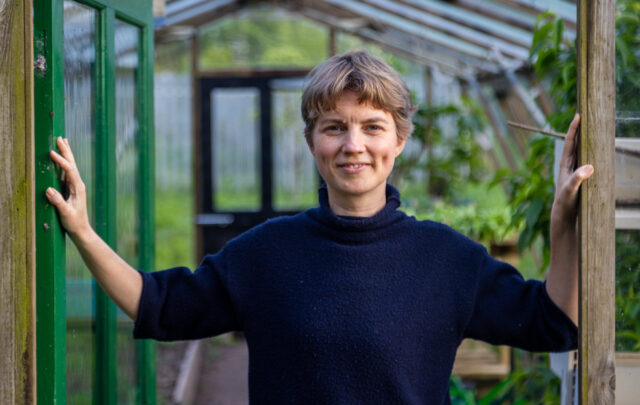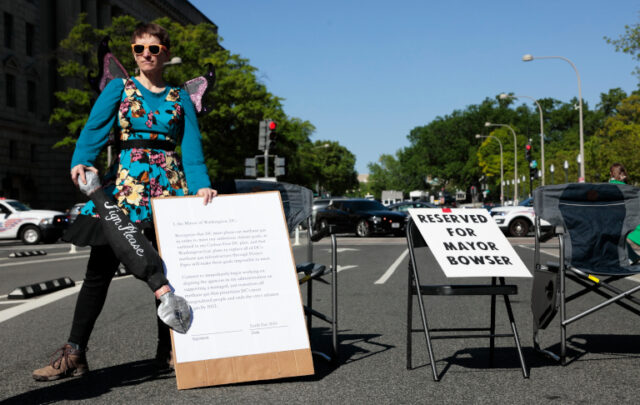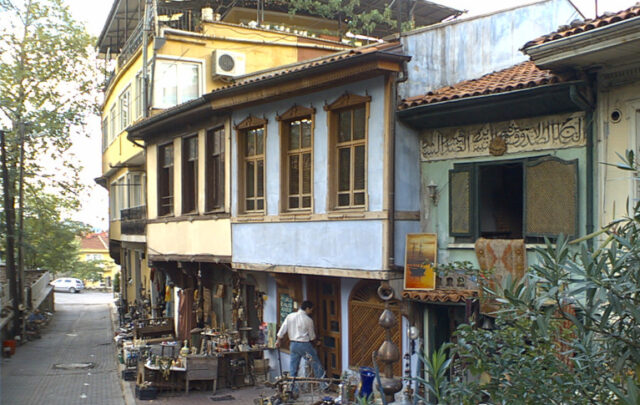
Madonna Litta, Leonardo da Vinci
Mother Earth has a never-before-seen portrait now on show, thanks to three pieces of planetary-scale research published this week.
Together they paint the most up-to-date image yet of our planetary home – along with the extreme demands that we, her most demanding offspring, are making of her.
So what does this most modern of mother-and-child portraits look like?
In one way, it’s a twist on Leonardo’s Madonna Litta, with its knowing baby gorging himself on his mother’s milk. But in the new planetary version of this image, the infant’s excessive demands have left Mother Earth far from serene.
So here’s that scientific portrait, in three broad brush strokes.
- The dominant child. We humans became the biggest driving force of Earth-system change back around 1950. Just as Bing Crosby and Nat King Cole topped the music charts, we were entering the Anthropocene – the epoch of Earth’s history in which humanity is the biggest driver of change at the Earth-system scale. Why around then? According to the team of experts brought together to propose the date, it’s the arrival of carbon isotopes from nuclear weapons, along with a thin layer of plastic litter on Earth’ s surface at that time which should mark the defining shift. So we’re likely to go down in history as the ones who smeared the planet with nuclear fallout and plastic debris: that is unlikely to impress far-future generations.
Hiroshima, 6 August 1945. The Anthropocene had begun.
2. Growing pains. Since 1950 we have driven a Great Acceleration in our consumption of Earth’s resources, with accompanying ecological impact. Research by Will Steffen and colleagues has documented the unprecedented exponential increase in human consumption that kicked off around 1950 – from international flights, cars and energy to paper, water and fertilizer – along with a rapid increase in ecological degradation, from tropical forest loss to ocean acidification. “It is difficult to overestimate the scale and speed of change”, says Steffen, “In a single lifetime, humanity has become a planetary-scale geological force.”
- Out of our mother’s arms. Thanks to this intense pressure on the planet, we have now crossed beyond the safety zones of four planetary boundaries. A just-released update of the planetary boundaries framework by Will Steffen, Johan Rockstrom and colleagues – six years on from its initial publication – indicates that we have pushed ourselves over the boundary on climate change, biosphere integrity, land-system change, and phosphorus and nitrogen use, putting ourselves beyond a Holocene-like planetary state and hence into a danger zone. “Transgressing a boundary”, says lead author Steffen, “increases the risk that human activities could inadvertently drive the Earth System into a much less hospitable state, damaging efforts to reduce poverty and leading to a deterioration of human wellbeing in many parts of the world, including wealthy countries.”
There is already critique of the new planetary boundary analysis, put forward by some of its long-standing critics associated with the Breakthrough Institute (but this should hardly be a surprise: what else was going to happen when the Breakthrough Gang bumped into the Boundary Gang?). The Breakthrough authors, Erle Ellis and colleagues, argue that, “Contrary to the authors’ claim that the Holocene is the ‘only state of the planet that we know for certain can support contemporary human societies’, the human-altered ecosystems of the Anthropocene represent the only state of the planet that we know for certain can support contemporary civilization.”
It’s a challenge that risks pitching a false battle over who makes the best mum to 21st century humanity: the Holocene or the Anthropocene? I’d say neither of those two mothers, as they are defined.
This century we should be seeking to create a world in which we can collectively provide the food, water, energy, shelter, and other essential needs to meet the human rights of up to 10 billion people, and do so without disrupting the planetary life-support systems – a stable climate, fertile soils, thriving biodiversity, ample freshwater, a protective ozone layer – on which our well-being also depends.
That world lies in neither a pristine Holocene nor a boundary-busting Anthropocene. Rather, it is to be found in the uneasy lovechild of the two. And that’s the doughnut: the space that lies between social boundaries and planetary boundaries.
The Doughnut: lovechild of the Holocene and the Anthropocene, Raworth (2012)
Why the doughnut? Because we have to put some pressure on the planet to meet our human rights – but not so much that we undermine the very life-support systems that Earth provides. It’s a question of balancing skillfully in the space that lies between these two fundamental sources of our wellbeing.
And since it is all about balance, then perhaps this image makes a more aspirational and suitable Madonna-and-child portrait for the 21st century. Don’t be fooled, though: this balancing act will be far from easy to achieve and maintain, so we have a good way to go before we can start smiling about it.
Image: John Slater





